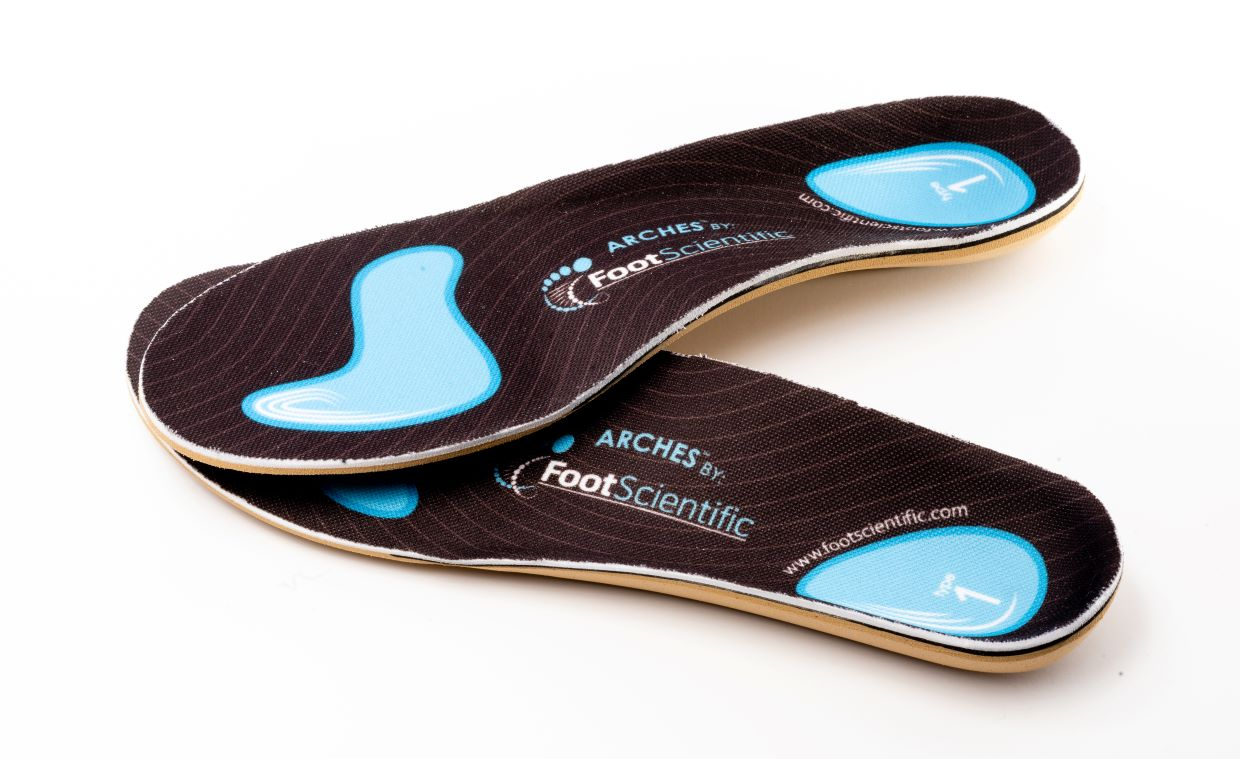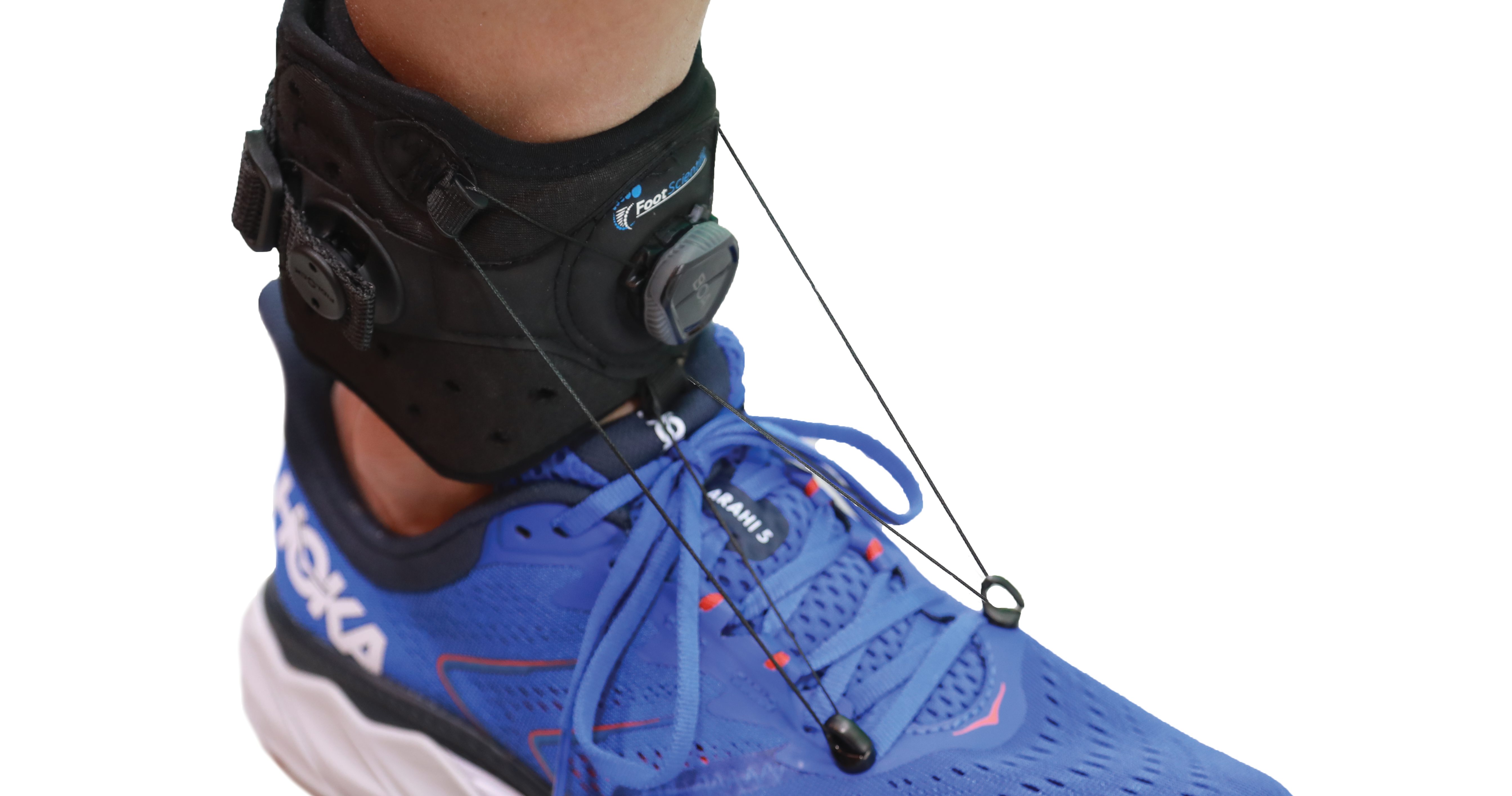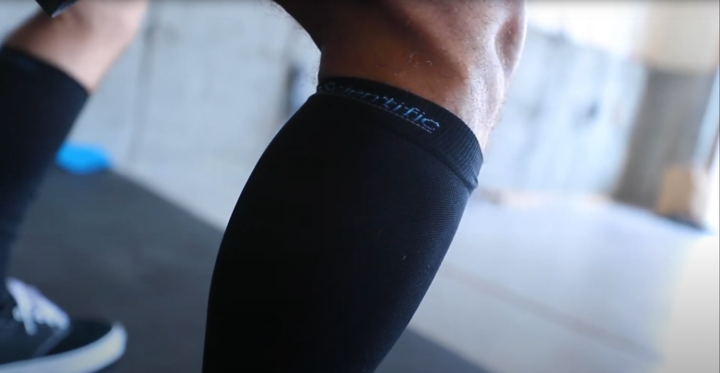Bunion
A bunion is progressive disorder that begins with the leaning of the big toe and gradually changes the angle of the bones over several years. Eventually a visible bump is produced reflecting the change in the bony skeleton of the foot. This bump is called a 'bunion'.
What causes a Bunion?
Certain types of skeletal foot structures make a person prone to developing bunions. An inherited faulty mechanical structure of the foot often is the cause. Wearing shoes that crowd the toes, such as high heels or shoes with a tight toe box, can result in a bunion progressing more quickly than what would have originally occurred, which explains why many women experience bunions.
How do I know if I have a Bunion?
What are the symptoms of a Bunion?
Symptoms at the site of the bunion include pain or soreness, inflammation and redness, a burning sensation, and possible numbness. Bunions are progressive and don't go away. In fact, they usually get worse overtime, but each case advances at a different rate. People who experience a bunion oftentimes also have hammer toes.
How is a Bunion diagnosed?
A physical examination coupled with x-rays will be used to determine the degree of the deformity and assess ongoing changes.
What can I do from home for a Bunion?
What can I do to prevent a Bunion?
While bunions are formed because of a faulty skeletal structure, and you can't prevent them from ever occurring, you can prevent them from developing faster than what your skeletal structure intended.
- Wear shoes that allow for plenty of room for your toes. Pointed shoes or high heels should be avoided.
- Avoid standing for long periods of time.
What treatments can I do from home for a Bunion?
In addition to the suggestions above, you could try the following:
- Using an arch support can help to transfer the pressure off the bunion.
- Toe spreaders/separators or soft silicone spreaders between the first and second toe helps to prevent them from butting against each other, and may prevent progression.
- A bunion splint could be used to help prevent the first and second toe from rubbing and may also prevent progression.
- Applying ice for 10 minutes each evening or when sore can relieve pain and irritation.
- A topical pain reliever can be used during the day or night to help with discomfort.
- Purchase shoes that have a large toe box or have your shoes stretched to accommodate the bunion and prevent friction.
When should I see a doctor for a Bunion?
You should make an appointment with an orthopaedic surgeon or podiatrist if you experience the following:
- Pain, redness, or soreness at the site of the bunion,
- Numbness in your toes,
- Pain or callus developing in the 2nd or adjacent toes,
- Rapid progression of the bump or toe deformity.
Treatments your doctor may recommend for Bunions
There are a variety of non-surgical treatments available for bunions. Treatments are aimed at easing pain and discomfort of a bunion, but are not generally able to reverse the deformity. Depending on the severity of your condition the doctor may suggest some of the following treatment options:
- Observation is sometimes all that is required. To reduce damage to the joints periodic examinations and x-rays are recommended.
- Changing your footwear. Avoid shoes with tight toe boxes and high heels.
- Avoid standing for long periods of time and other activities that cause bunion pain.
- Your doctor or surgeon can prescribe devices to offload or relieve pressure from painful areas.
- Anti-inflammatory medication, such as ibuprofen, may occasionally be recommended to reduce pain and inflammation.
- Orthotic devices may be prescribed by your doctor.
If non-surgical treatments fail to relive pain, you and your surgeon can discuss surgical options. There are a variety of procedures available to treat bunions that remove the bump of bone and correct the changes in the skeletal structure.




